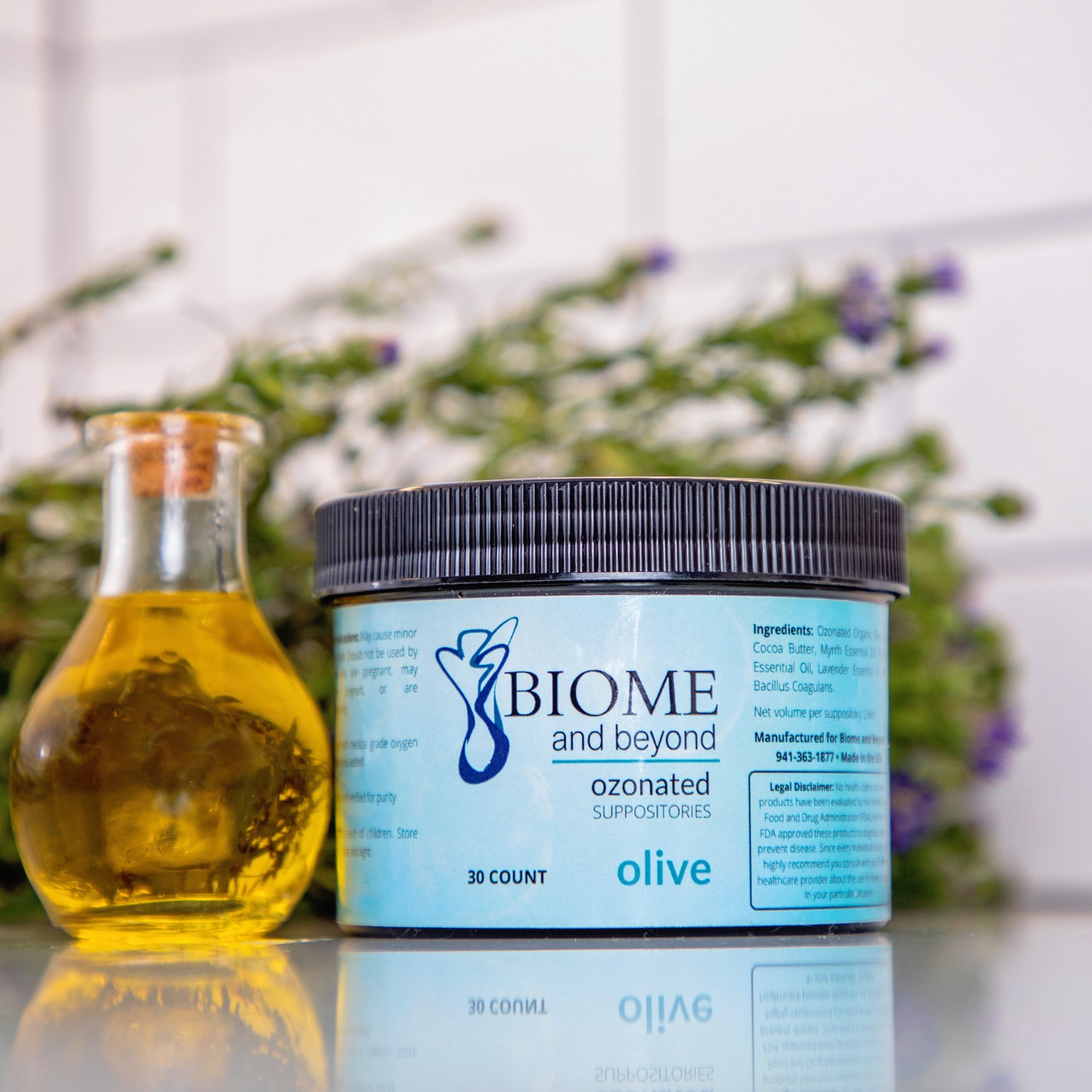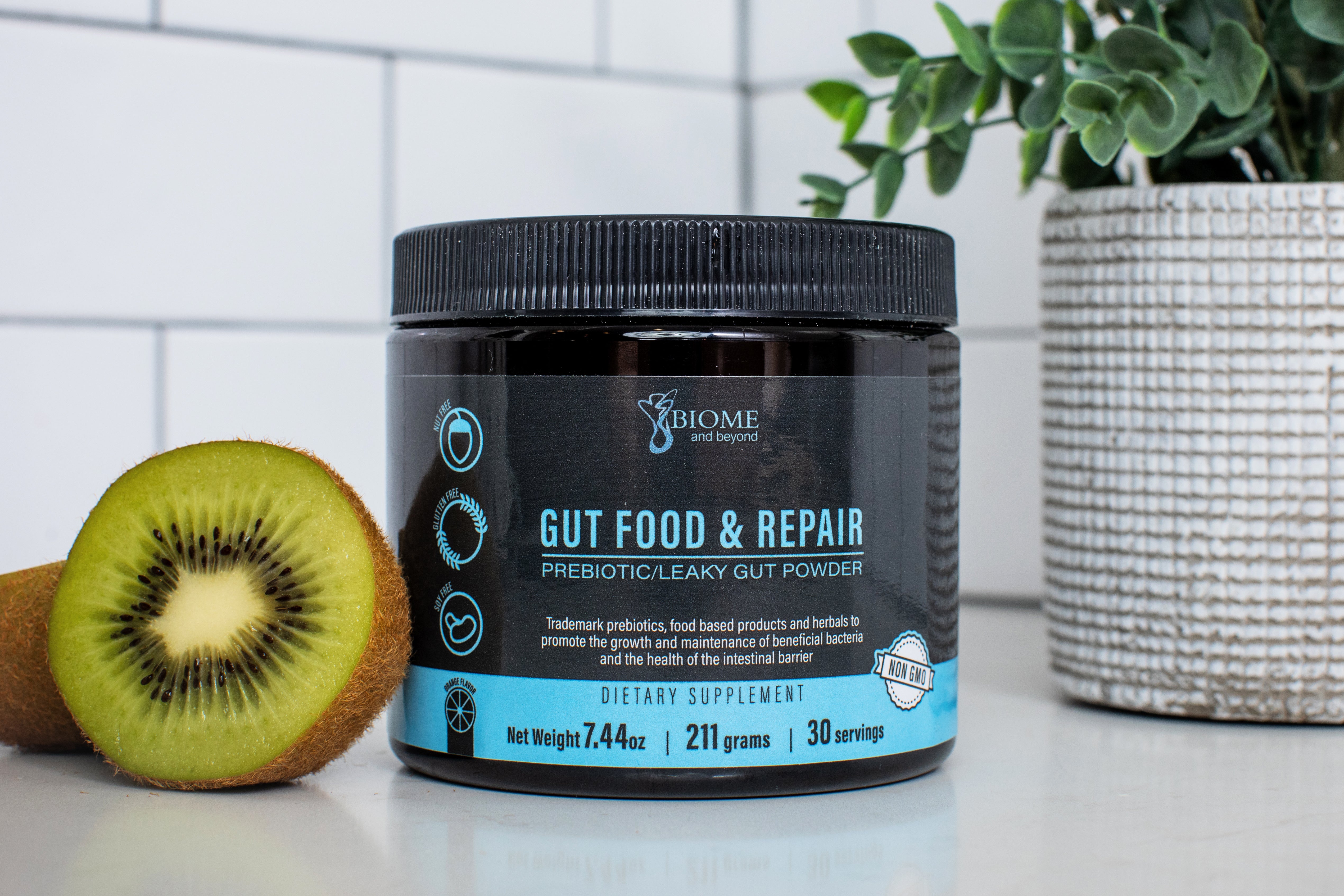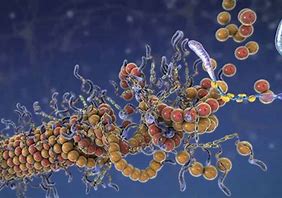Bacterial Vaginosis (BV)is an imbalance in the natural flora present in the vagina. An overgrowth of pathogenic or “bad” bacteria results in an inflammation of the vagina with a number of symptoms including discharge and malodor. BV can be refractory to standard treatment and it can persist for long periods of time. Bacterial vaginosis (BV) is the most frequent diagnosis made in women with lower genital tract symptoms. It has recently been observed that 90 % of subjects with BV show the growth of bacteria in the form of biofilms as against only 10% without BV, and that Gardnerella vaginalis was the predominant species. The propensity of G. vaginalis to form biofilm is clinically relevant because this form of growth allows it to tolerate higher concentrations of certain antibiotics, thus increasing the possibilty of recurrent BV even after apparently curative therapy. Studies suggest that the bacteria do not develop a resistance to the ingredients in our product.
Many of the pathogenic bacteria involved responsible for BV are anaerobic which means they thrive in the absence of oxygen and many of these bacteria are hypersensitive to oxygen. Ozone is three oxygen molecules and is one of the strongest antimicrobials on the planet. In our formula, we saturate organic olive oil with medical ozone so that it becomes stable and long lasting. Human studies that compared Ozonated olive oil to prescription antifungal creams, suggested Ozonated olive oil as a safe and effective natural alternative to these drugs. Especially in cases of vaginal yeast infections. Results • Ozone and clotrimazole both reduced symptoms significantly and led to a negative culture for vaginal candidiasis (P < .05). No significant differences existed between the 2 groups in their effects on the symptom of itching and leucorrhea and on the results of the culture (P > .05).Ozonated olive oil was also shown to be gentle enough for cases of mouth irritation and gum infections and various skin issues.
Our other ingredients include essential oils for eradication of the pathogenic bacteria. The antibacterial and antifungal activity of ten essential oils was tested against a range of vaginal bacterial and fungal strains isolated from existing vaginal infections including Atopobium vaginae, Gardnerella vaginalis, Bacteroides vulgatus, Streptococcus agalactiae, H2O2-producing lactobacilli and non H2O2-producing lactobacilli, Candida albicans, Candida glabrata, Candida parapsilosis and Candida tropicalis.
Investigation of the in vitro susceptibility of the essential oils against bacteria revealed that lemongrass, tea tree and lavender exhibited the lowest minimum inhibitory concentration (MIC) and minimum bactericidal concentration (MBC) at 1–2.5 μl/ml, thus being the most potent essential oils against the tested bacteria. One study found that thymol, a molecule present in thyme essential oil, is credited with having a series of pharmacological properties including antimicrobial and antifungal effects, can interfere with newly formed and mature G. vaginalis biofilms.
Lastly, we have incorporated the spore biotic Bacillus Coagulans into the formula. A clinical trial was conducted on the use of a topical B. coagulans regimen among reproductive-age women with vaginal discomfort symptoms. We assessed their symptoms using a questionnaire, measured vaginal pH, and performed vaginal swabs for microscopy and cultivation. Over the next 4 days, patients received B. coagulans vaginal douches and suppositories with appropriate antibiotic treatment being added on the fourth day based on vaginal swab results. Patients returned 16 days later to fill out in the questionnaire again. The Wilcoxon signed-ranked test was then used to assess differences in symptomatology and pH between appointments. A reduction in vaginal pH was reported between the first and second visit (P<0.001). The probiotic regimen exerted a major beneficial effect in all vaginal manifestations: vulvovaginal itching, burning sensation, vaginal irritation, and vaginal discharge. Additionally, three out of the four symptoms were alleviated to a greater extent during the first four days of exclusive probiotic use than during the second phase. Our sample provided significant results regarding the benefits of B. coagulans for vaginal discomfort. Visit us today at www.biomeandbeyond.com




Leave a comment
This site is protected by hCaptcha and the hCaptcha Privacy Policy and Terms of Service apply.